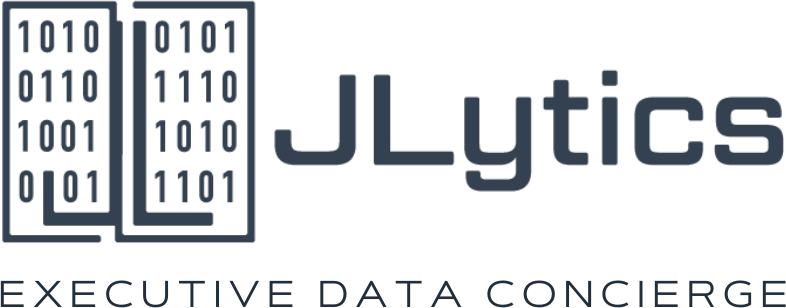Are you constantly wondering whether that AI automation investment is actually paying off for your business? Then this guide will walk you through exactly how to measure your returns and make smarter decisions about future AI investments.
Understanding What ROI Really Means for AI Projects
When we talk about return on investment for AI automation, we’re not just looking at dollars and cents, though those matter plenty. ROI for AI projects includes the obvious financial gains like reduced labor costs and increased revenue, but it also encompasses less tangible benefits that can transform your business.
Think about the time your team saves when AI handles routine tasks like data entry, customer service inquiries, or inventory management. That freed-up time translates directly into opportunities for your employees to focus on strategic work that drives growth. Your customer service team can spend more time on complex problem-solving instead of answering the same basic questions all day.
The quality improvements matter too. AI systems don’t get tired, don’t make careless mistakes, and work consistently around the clock. When your automated systems reduce errors in order processing or improve the accuracy of your inventory tracking, you’re looking at real value that might not show up immediately in your monthly reports but absolutely impacts your bottom line.
The Simple Formula That Actually Works
Calculating AI ROI doesn’t require a finance degree or complicated spreadsheets. Start with this straightforward approach: identify what you’re spending, figure out what you’re gaining, and look at the time frame.
Your costs include the obvious expenses like software subscriptions, implementation fees, and any consulting help you needed to get started. Don’t forget the hidden costs: employee training time, temporary productivity dips during implementation, and ongoing maintenance or updates.
On the benefits side, track both the direct savings and the indirect gains. Direct savings are easy to spot: if AI automation eliminates the need for two full-time data entry positions, you’ve got clear cost savings. Indirect gains require a bit more detective work but are often more valuable. Maybe your AI-powered customer service chatbot doesn’t replace human agents, but it handles routine questions so well that your team can take on more complex cases, leading to higher customer satisfaction scores and increased retention.
The timeframe piece is crucial because AI investments often follow a pattern where costs are front-loaded but benefits compound over time. Your biggest expenses happen upfront during implementation, while the savings and improvements build month after month.
Tracking the Right Metrics Without Getting Lost in Data
The key to measuring AI ROI effectively is focusing on metrics that actually matter to your business goals rather than getting overwhelmed by every possible data point. Choose three to five key performance indicators that align with why you invested in AI automation in the first place.
If you implemented AI to improve customer service, track response times, resolution rates, and customer satisfaction scores alongside the cost savings. For inventory management AI, focus on stock accuracy, reduction in overstock situations, and improvements in order fulfillment speed.
Revenue-focused metrics work well when your AI directly impacts sales; think conversion rate improvements from better product recommendations or increased average order values from smarter upselling algorithms. But don’t ignore operational metrics like employee productivity, error reduction rates, or process completion times.
The magic happens when you can connect these operational improvements to financial outcomes. When your AI system reduces invoice processing time, that improvement cascades into faster payments, better cash flow, and reduced late fees, all measurable financial benefits.
Making Smart Decisions About Future AI Investments
Once you understand your current AI ROI, you’re in a much better position to make informed decisions about expanding or adjusting your automation strategy. Look for patterns in what’s working well and what’s falling short of expectations.
Success in one area often points toward opportunities in similar processes. If AI dramatically improved your accounts payable workflow, consider how the same approach might work for accounts receivable or procurement processes. The learning curve is shorter, your team already understands the technology, and you can leverage existing vendor relationships.
Don’t let perfect be the enemy of good when it comes to measuring ROI. Even rough calculations give you valuable insights for decision-making. The goal isn’t to achieve accounting-level precision but to understand whether your AI investments are moving your business in the right direction and where to focus your efforts next.
Remember that AI automation ROI often improves over time as systems learn, processes get refined, and your team becomes more skilled at leveraging the technology. What looks like a modest return in year one can become a significant competitive advantage as the benefits compound.
***
Let JLytics power your data-driven leadership excellence. Contact us today



